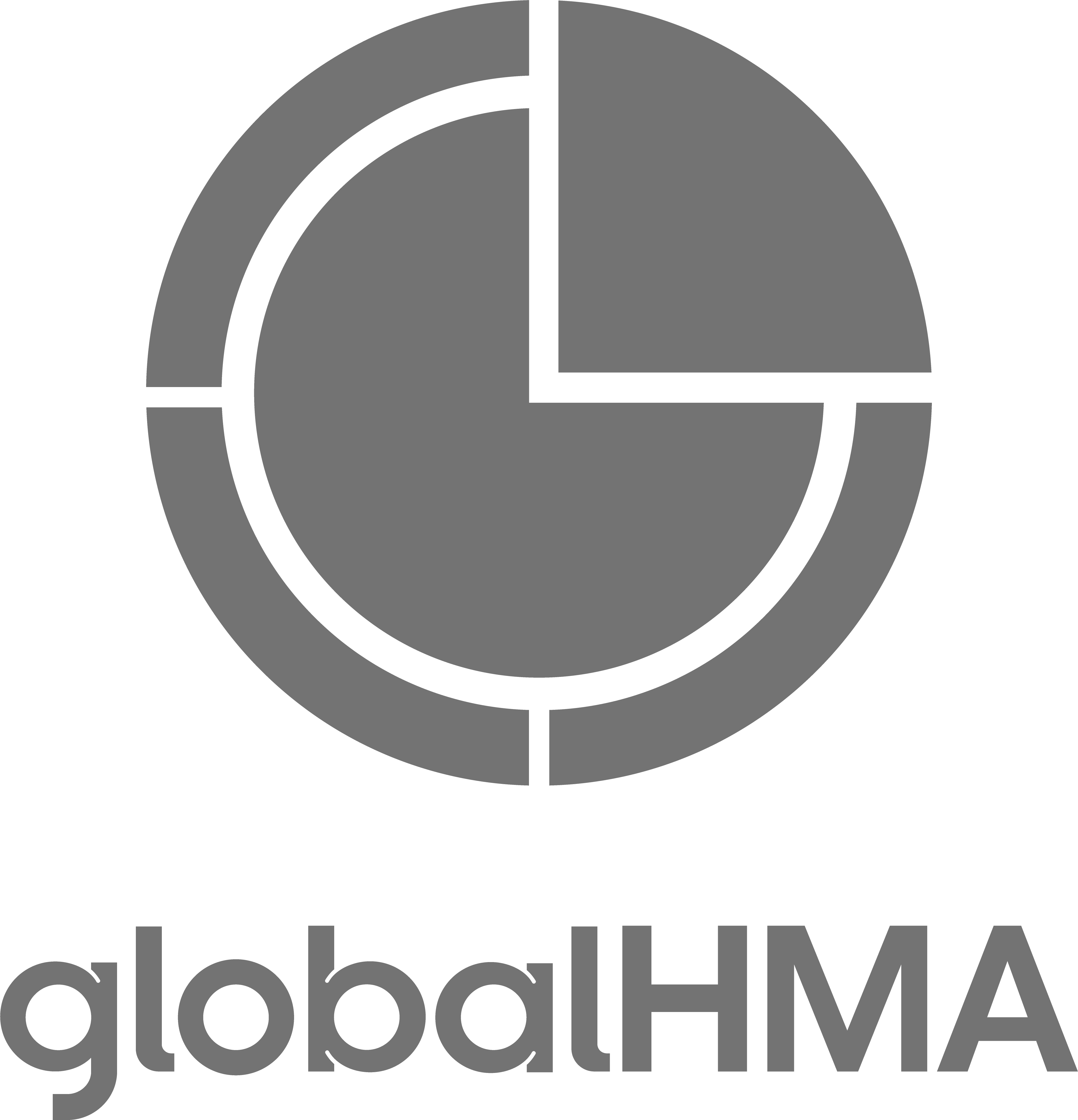Pay-per-click (PPC) advertising seeks to drive a high volume of traffic to a specific site. While some campaigns have different goals once visitors click through and reach the site, one thing that does not change is that each campaign must be maintained to effectively reach its goal. The basics of maintaining a PPC campaign include daily or at least weekly sweeps of keywords, prioritizing of budgets, A/B testing on ads including testing of different calls to action and measuring, measuring, measuring.
From the start it’s important to understand the goal of the campaign and set it up right. Each campaign should be organized with related ad groups having two versions of a carefully targeted and tested ad. Campaign setting and budgets should be checked.
Keyword Management
Keyword management takes a long time. Capturing long tail keywords is critical in increasing leads. Long tail keywords acquire more relevant leads and higher conversion rates while paying a lower cost-per-click. Chasing the long tail is a labor of love to say the very least.
Has a competitor picked up and outbid any of our coveted keywords? Is the ad text relevant to the keywords? This leads us to adding new negative keywords and adjusting phrase, broad and exact keywords. In industrial keyword management and international campaigns, this becomes an even trickier process. Names of chemicals and their applications can easily be related to many irrelevant results. The key here is to be well versed in the terminology. At HMA we work together as a team to adjust the keywords weekly and monthly. This allows the account staff to compare terminology and trends month to month that are then incorporated into our monthly reports.
A/B Testing
One ad will always outperform another in a PPC campaign. We work to make ads more relevant by changing ad text, altering capitalization or finding the call to action that generates the most conversions. Sometimes the simplest changes change in a call to action, such as changing click for more information to click to see the MSDS, will generate a huge change in clicks. At the same time, we work hard to maintain a balance between changing ads just enough times and changing the ads too many times. The right amount of change is rewarded with lower cost-per-click, more relevant traffic and higher conversion rates.
Measure, Measure, Measure
How many people fell into the funnel? The number of people that click on the ad is used to measure this metric. How many people clicked further? Downloaded a brochure? Clicked on a link for contact info? Most industrial campaigns only reach this point. However, in some local campaigns with products and services, we actually observe them reaching the buy phase. This is where real results are quantified.
If this process is followed properly, after about a year you should be able to measure exactly how many leads are necessary for the funnel before they reach the buy stage. In addition, you can quantify the cost per lead and the cost it takes for them to reach the buying phase.
Search Engine Rankings
If keywords are measured upon the start of a campaign with a search engine results page, you can them measure again after a year to see where you rank organically. If SEO was done for the PPC campaign’s landing page, your rankings should improve over time. This is also known as a never-ending marathon as there are constantly new sites and new queries being added to the race. In addition, search engines are constantly changing their search algorithm to more accurately serve its searchers.
The constant changes in the Internet and how people search points to our continuous need to be diligent readers, following blogs and other industry sites where trends and changes are noted. We incorporate our new knowledge into maintaining each campaign every month, while keeping in mind that what was a factor today may change tomorrow.
Whether investing in an agency or using an internal person to manage your PPC accounts, do not underestimate the time it takes to do it right. Anything short of that is a waste of your money.





1 Comment
This is a very informative blog. The right tips were mentioned here and those tips are what matters most in doing ppc management. Great job, two thumbs up! 🙂